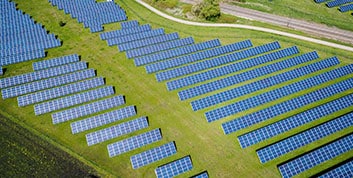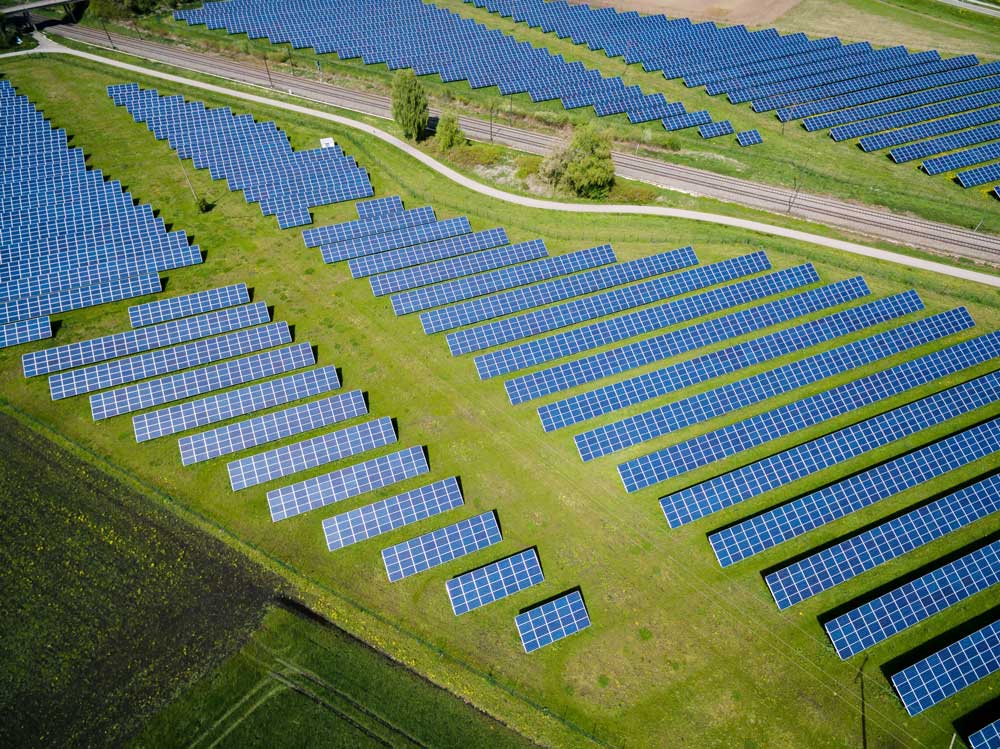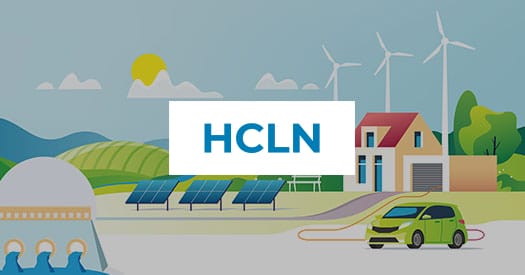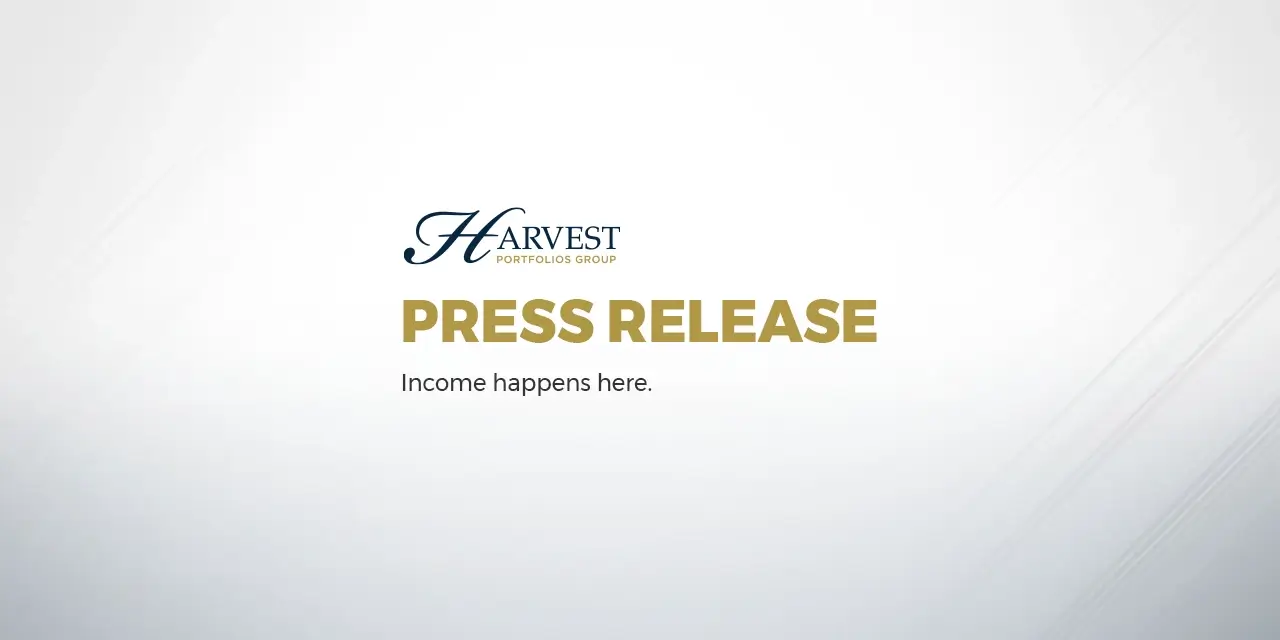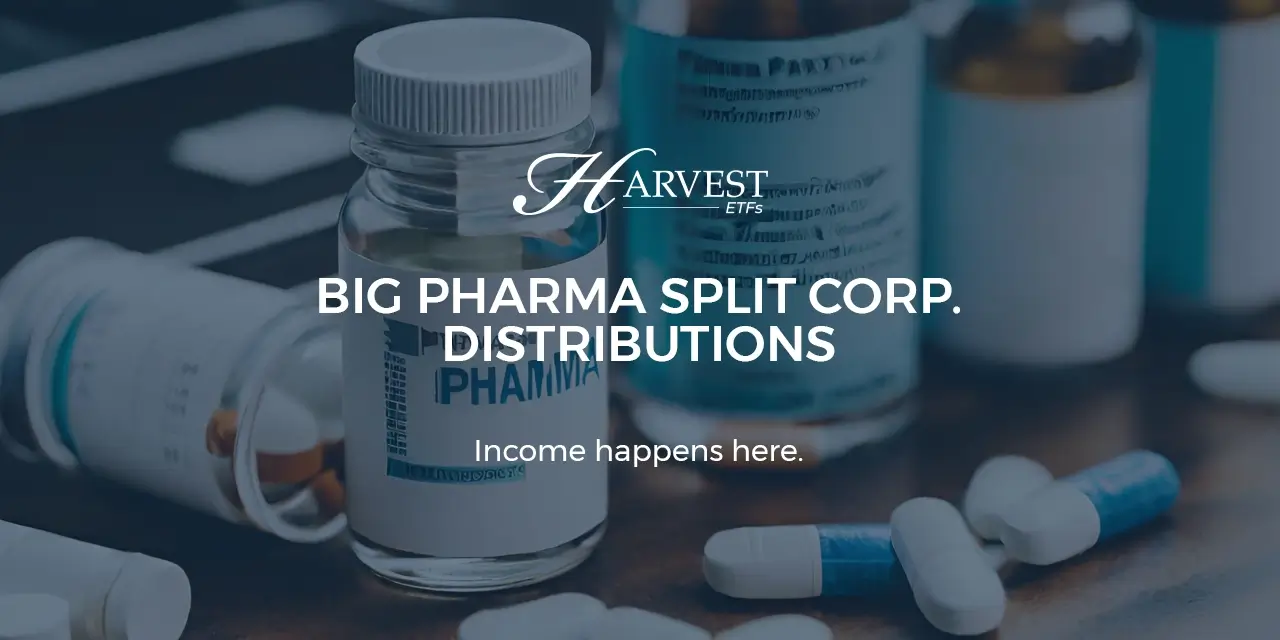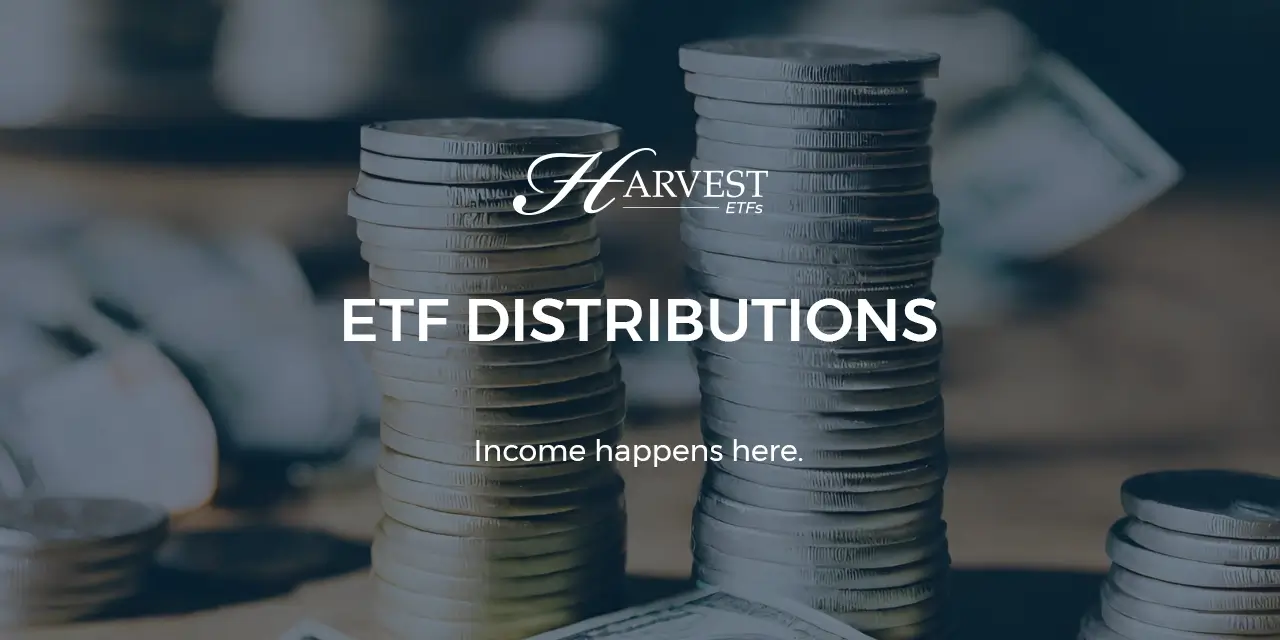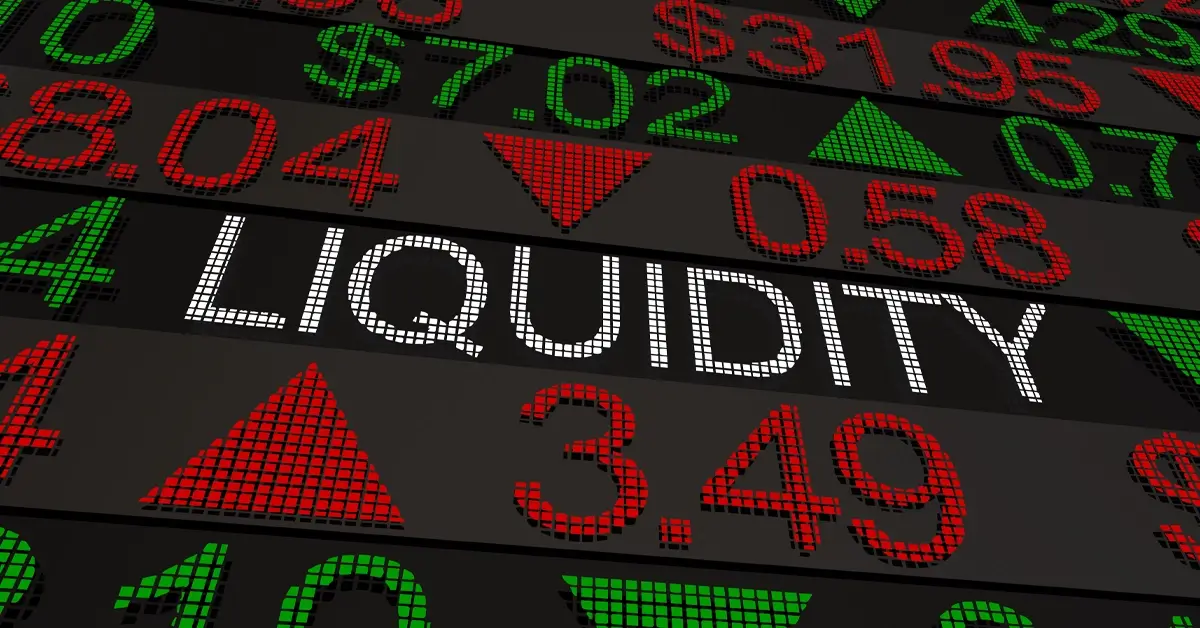Despite pullbacks in the clean energy sector this year, long term growth potential and short term energizers continue to make the sector attractive.

Paul MacDonald, Chief Investment Officer at Harvest, told advisors the clean energy transition is just beginning and will accelerate over coming decades. Harvest portfolio manager Mike Dragosits offered a sector outlook and examples of holdings in the Harvest Clean Energy ETF (TSX:HCLN).
Mr. MacDonald and Mr. Dragosits noted that climate change warnings are becoming louder and more urgent. They are stiffening political will to act and persuading more investors to choose renewable energy companies in their portfolios as falling costs to generate power from wind, solar and hydro are making the companies more profitable.
Clean energy covers a wide variety of sectors, but Harvest is focused on power producers and related equipment such as wind turbines, solar panels and other solutions & services that manage the equipment.
“We are not talking about companies making light bulbs, or cars, or companies with robust ESG scores,” Mr. MacDonald said. “They are definitely part of the solution, but our focus is purely renewable energy companies and companies that make the renewable energy equipment.”
The Harvest Clean Energy ETF holds 40 of the largest global clean energy companies by market capitalization. This includes hydro, solar, wind power and hydrogen fuel cell technology. Each holding must be specifically categorized as renewable energy equipment or renewable power generation with 50% or more of their revenues, EBITDA or operating income from renewable sources.
Mr. Dragosits said the recent report by the UN’s Intergovernmental Panel on Climate Change (IPCC) sharpened the climate change debate. The IPCC report was a culmination of 14,000 scientific studies over six years and its conclusions were deemed a Code Red by the UN Secretary General.
“The alarm bells are deafening and the evidence is irrefutable,” Mr. Dragosits quoted from the UN Secretary General’s statement “Greenhouse gas emissions are putting billions of people at risk.”
About 75% of green house gases are caused by vehicles, power generation by utilities and industrial production. They have contributed to an average rise in global temperature of 1C in the last 50 years. Scientists say an average increase of 1.5C is a tipping point with “irreparable damage,” leading to more volatile climates with heat waves, melting ice, rising sea levels and drought affected the food supply in some areas, Mr. Dragosits said.
This is sending more investment into renewable energy, Mr. Dragosits said. It has risen from US$168 billion annually in 2009 to US$302 billion in 2019.

Mr. Dragosits said near term catalysts include the COP26 climate gathering, and the infrastructure and spending bills in the US which encourage renewables. Wind and solar tax credits are proposed to extend by 10 years, while there could be some new tax credits and subsidies for hydrogen and energy storage projects, and a framework is being developed, which acts to provide financial incentives to those power suppliers transitioning to renewable sources and penalize those that are not meeting targets.
Mr. Dragosits highlighted a few companies in the Harvest Clean Energy ETF.
Scatec ASA: This Norwegian solar power company has a market capitalization of about C$4 billion. It builds and operates solar and hydro power plants in 18 countries. In South Africa, for example, one of the largest solar farms that they own has locked in a large power supply agreement with the national utility company, which is one of the biggest in the world..
Sunrun Inc.: This California solar equipment and services company has a market capitalization of about US $11 billion and is a leader in residential rooftop solar systems. It has operations in 22 states and 550,000 customers. EIA estimates about 3.5% of American homes have rooftop solar blankets, and Sunrun has suggested they could see this market growing to 17% in 10 years.
Orsted National Power Co.: Denmark’s largest energy company has a market capitalization of about CAD$73 billion and is one of the world’s largest producers of wind power.
While diversified and with numerous onshore and offshore wind farm assets, to give some context, Orsted’s largest wind farm in the UK North Sea operates 174 windmills and has enough capacity to power 1 million homes. A second North Sea farm is under construction with the potential to power an additional 1 million homes, with yet a third extension being planned for another 2 million homes.
Stem Inc.: This U.S.-based company with a market cap of about US$3 billion provides energy storage systems to clients, many of which would be generating or utilizing wind and solar power.
“Solar and wind power are generated when the wind is blowing and the sun is shining,” Mr. Dragosits said. “You need to both optimize storage of that energy and the charging/discharging rates. Stem’s AI-driven software solution does that.”
Mr. Dragosits summarized the presentation by saying that the Harvest Clean Energy ETF holds large, dominant businesses which are diversified by sector and have a global reach.
“That includes hydro, wind, solar, and geothermal power generators, as well as the equipment & services companies It offers a broad diversified picture of the clean energy space.”
To find out how your clients can benefit from this strategy call Harvest ETFs 1-866-998-8298.
For more on Harvest Equity Growth Focused ETFs click here.
 |
By Paul MacDonald, CFAChief Investment Officer |
 |
By Mike Dragosits, CFAPortfolio Manager |


